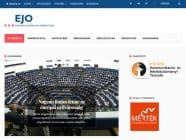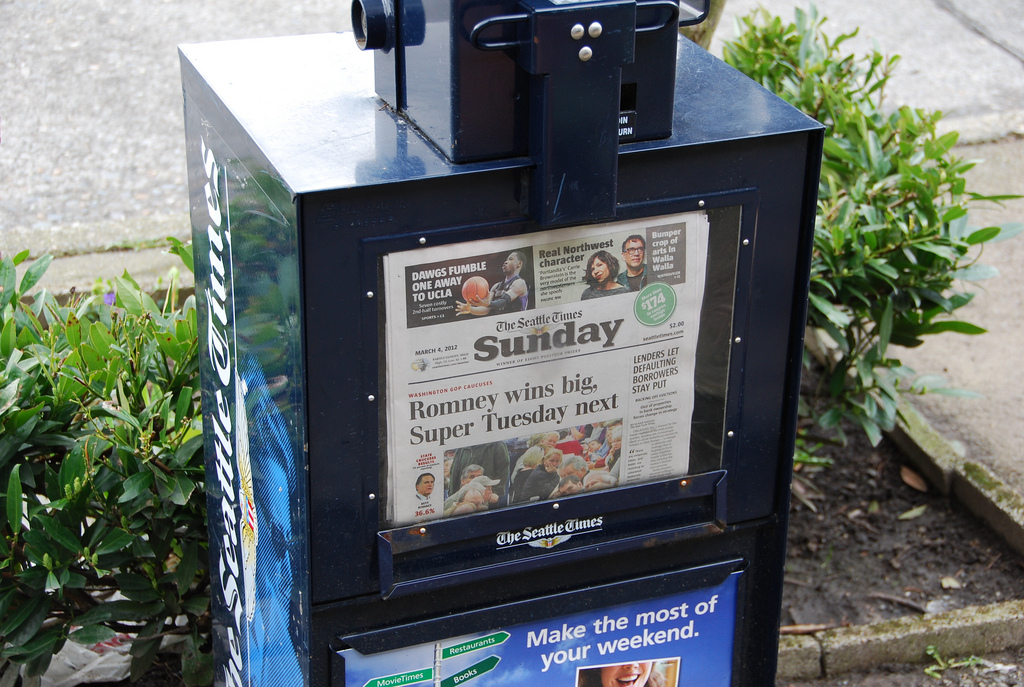The pressures of cost and time that newsrooms work under today severely hampers news production and threatens the nature of journalism. A large number of media outlets have tried to increase sales volume and revenue by moving downmarket in an attempt to cope with fierce competition from the Internet, and have drastically cut costs to stay afloat.
There is little doubt that these cost cutting measures have led to a reduction in quality, but the consequences of these downgrades have yet to be fully understood.
An audiences’ ability to identify quality in a news article is an important factor in attempting to forecast the consequences of moving downmarket, and reducing news quality. Do recipients avoid low quality news providers? Will this eventually affect both audience numbers and revenue, ultimately endangering the provider’s economic existence?
As such, the question of whether recipients recognize differences in the actual quality of news is relevant for both scientists and media practitioners alike. This question is particularly important for quality media outlets, since they work on an assumption that their success depends heavily on the level of quality provided – at least that is what is generally presumed.
Several studies have investigated quality expectations and the perceptions of recipients, with most examining the general quality perceptions of media brands (e.g. The New York Times or BBC News). The question remains whether recipients judge the actual journalistic quality of the brands or whether their perceptions only reflect and diffuse long-standing media brand images. In order to assess whether recipients recognize differences in the journalistic quality of news, we must take a closer look at the quality evaluations of single news item.
A new study from Ilmenau University of Technology sought to further examine perceptions of news quality, in a project funded by the German Research Foundation (DFG). After designing a series of online experiments, researchers examined whether or not recipients recognized differences between high and low quality news. The researchers prepared two articles on the same subject. One was classed as “low quality” both in terms of sourcing and opinions expressed, and one was “high quality” with better sourcing and a more upmarket tone. These articles were put in front of over 3,000 participants, with the typeface and style of two papers: the quality German newspaper, Südeutsche Zeitung, and the tabloid Bild Zeitung. So all in all the researchers presented the participants with four versions of the same article: 1. High quality + Bild Zeitung 2. High quality + Süddeutsche Zeitung 3. Low quality +Bild Zeitung 4. Low quality + Süddeutsche Zeitung. By doing this researchers were able to study how the participants evaluated the quality of news.
Among the results gleaned from the study, one of the most surprising was the fact that – contrary to popular opinion – all media users show an equally strong ability to judge news quality. Men or women, secondary school or university graduates, readers of quality or tabloid papers – all groups recognize the quality of news items equally. Readers have similar ability to evaluate a news story, regardless of education level or how often they read a newspaper. The results imply that journalists should neither overestimate quality media’s audience nor underestimate the audience of tabloid media when it comes to the evaluation of journalistic quality.
Media users do a good job when evaluating the relevance of a news article. In our study, relevance was measured by checking the presence or absence of important news elements and not by investigating the subjective importance of the article. Media users recognize comparatively well whether a news article is up-to-date, answers the important questions of who, what, why, when, and gives information about causes, consequences, and classifications of an event. The same applies for the evaluation of impartiality. Media users can judge whether the article is written in a neutral style and achieves a fair balance between different viewpoints and actors. By contrast, recipients have serious problems when evaluating whether an article is correct, precise, diverse and fully comprehensive.
Where do these differences come from? This question could be answered by taking a closer look at the different aspects of coverage constituting the various quality dimensions. On the one hand, relevance (at least in the way it was measured here) and impartiality can be evaluated by using formal criteria; by assessing whether and to what extent certain information appears in an article. On the other hand, to judge the accuracy and diversity of views in an article, users would have to have a high level of background knowledge about the issue being covered. It is likely that media users do not already have this background knowledge. Otherwise why else would they inform themselves via mass media?
As we would have predicted, recipients‘ valuations of quality are strongly influenced by the media brand the article was published in. The more credible, competent, and qualitative a media user perceives the brand to be, the better he judges the quality of an article published by this brand. This holds true for all of the five quality dimensions investigated here.
The reputation of a media brand is affected by the recipient’s own usage of the brand, but also by the public image of the brand. If a brand is often criticized by other media, regulators or other institutions and people, its reputation will suffer in the long term. This in turn will undermine recipient’s willingness to interact with and pay for that particular product.
While media consumers will occasionally talk about news quality, they have problems recognizing whether an article is of good or bad quality. Nevertheless, media practitioners who accept reductions in journalistic quality in order to reduce costs in newsrooms, should keep the following in mind: If the media brand image is permanently damaged by reduced news quality, recipients will become less loyal to the brand and become less and less willing to use, or to pay for it.
This article has been translated from the German Leser binden durch Qualität?
Photo credit: Markus Hein / pixelio.de
Tags: Ilmenau University of Technology, media branding, Media research, news marketing, news quality, perception of quality














































